Rohit Patil
SpiroMask: Measuring Lung Function Using Consumer-Grade Masks
Jan 31, 2022
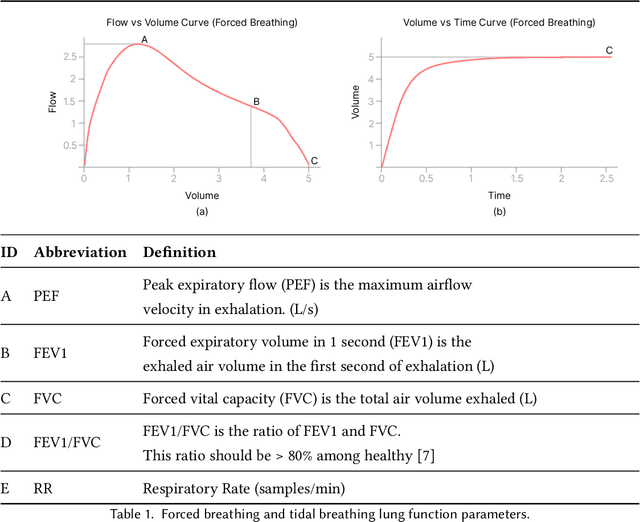
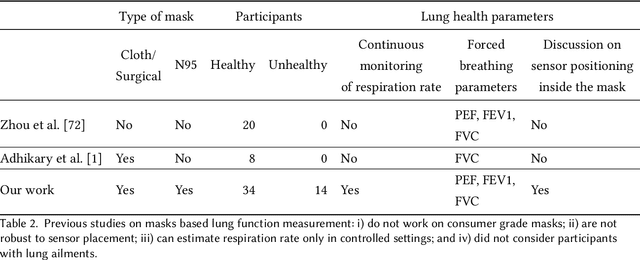
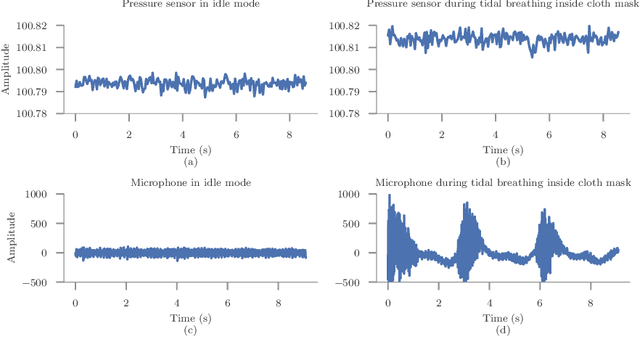
Abstract:According to the World Health Organisation (WHO), 235 million people suffer from respiratory illnesses and four million people die annually due to air pollution. Regular lung health monitoring can lead to prognoses about deteriorating lung health conditions. This paper presents our system SpiroMask that retrofits a microphone in consumer-grade masks (N95 and cloth masks) for continuous lung health monitoring. We evaluate our approach on 48 participants (including 14 with lung health issues) and find that we can estimate parameters such as lung volume and respiration rate within the approved error range by the American Thoracic Society (ATS). Further, we show that our approach is robust to sensor placement inside the mask.
Blind Motion Deblurring through SinGAN Architecture
Nov 07, 2020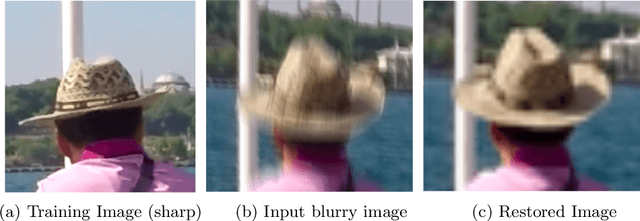
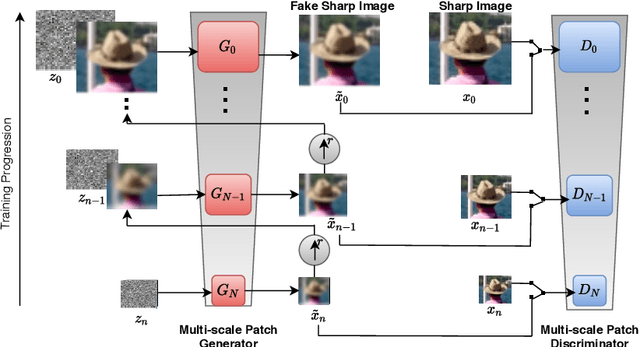
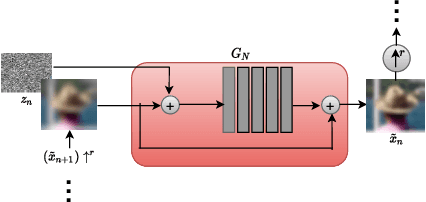

Abstract:Blind motion deblurring involves reconstructing a sharp image from an observation that is blurry. It is a problem that is ill-posed and lies in the categories of image restoration problems. The training data-based methods for image deblurring mostly involve training models that take a lot of time. These models are data-hungry i.e., they require a lot of training data to generate satisfactory results. Recently, there are various image feature learning methods developed which relieve us of the need for training data and perform image restoration and image synthesis, e.g., DIP, InGAN, and SinGAN. SinGAN is a generative model that is unconditional and could be learned from a single natural image. This model primarily captures the internal distribution of the patches which are present in the image and is capable of generating samples of varied diversity while preserving the visual content of the image. Images generated from the model are very much like real natural images. In this paper, we focus on blind motion deblurring through SinGAN architecture.
 Add to Chrome
Add to Chrome Add to Firefox
Add to Firefox Add to Edge
Add to Edge